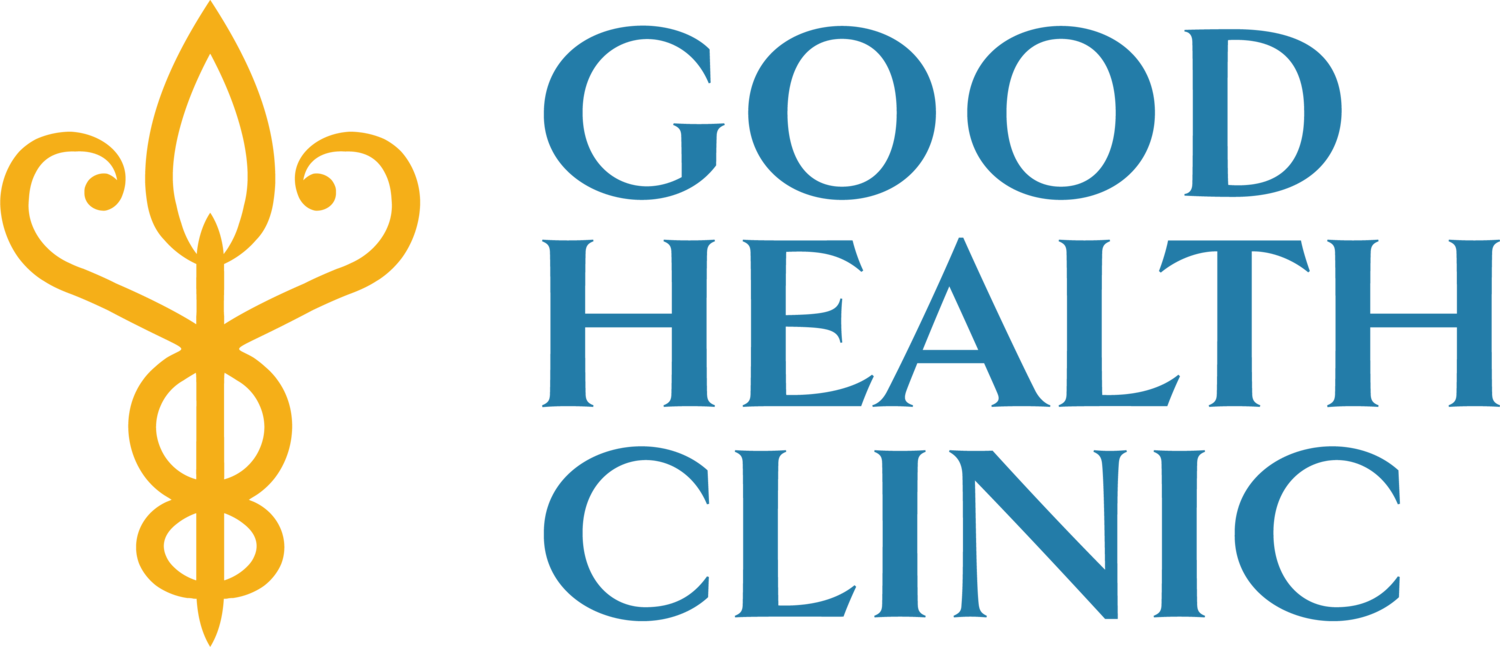MORE ON LONG COVID
I see an increasing number of people who still have symptoms over three months after being infected with Sars CoV-2. This is called Long Covid. The most frequent symptoms are fatigue, brain fog and aches and pains. Studies like Patterson et al. (2022) suggest that Long Covid may affect up to 30% of infected individuals. The underlying mechanisms as to why this should be so are becoming more clear from the research.
In a previous Newsletter (26th February, 2023) I outlined the body of research which points towards persistent brain stem dysfunction underlying Long Covid symptoms (Sutherland, 2023). Covid now looks like a neurological disease with brain stem triggers for symptoms like poor sleep, air hunger (different from asthmatic challenges), heart inflammation, cranial nerve inflammation and dysfunction of endothelial cells (those that line blood vessels).
Researchers have also found that one particular antigen - the Sars-Cov-2 spike protein - was present in the blood of the majority of Long Covid patients up to a year after they were first diagnosed with Covid. An antigen is a substance capable of stimulating an immune response. In the words of internist and cardiologist Dr Peter McCullough, “This means that the body has literally been sprayed with the virus and it spends 15 months, in a sense, trying to clean out the spike protein from our tissues.” The spike protein infects monocytes (a type of white blood cell in our immune system) which then act as a viral reservoir in the body (Patterson et al.,2022).
In the Newsletter of 26th February, 2023, I wrote about the viral reactivation that can occur post-Covid. This refers to previously sleeping viruses now waking up again. This includes reactivation of members of the Herpes virus family - Epstein Barr Virus (EBV), Cytomegalovirus (CMV), Varicella Zoster (VZV or shingles), HSV and HHV-6. It also includes enteroviruses like Coxsackievirus, particularly Coxsackie B1 strain, which I have written about before. Other previously dormant infections like Lyme, Bartonella, Chlamydia pneumonaie and Mycoplasma, can act as viral reservoirs and wake up and start to multiply again post-Covid.
To take the example of Epstein Barr Virus (EBV), a study by Gold et al.,(2021) found 66.7% of long-term Covid patients were positive for EBV reactivation. It is thought that EBV reactivation occurs simultaneously or soon after Covid infection. EBV can be reactivated by Covid. Chronic EBV can be made worse by Covid (Rohrhofer et al.,2022). EBV, whether dormant or chronic and active, can increase susceptibility to Covid (Villafuerte et al., 2022). Immune suppression plays a significant role, particularly reduced CD8 + cell numbers, which are the primary cells responsible for immunity against EBV infection. Drugs used in the treatment of Covid, e.g. steroids, are suspected to be a risk factor for herpes viral reactivation because they significantly alter immune responses (Brooks et al., 2022).
The approach to Long Covid
How do I address Long Covid? First of all, I test for active infections and immune suppression. For example, in the case of Epstein Barr Virus, my favourite lab test is the EBV Elispot. Elispot stands for enzyme-linked immunosorbent spot. It looks at how the white T-cells (soldiers in the immune army) are reacting with cytokines (proteins released by immune cells) to a particular microbe. The test is very sensitive, specific to the pathogen and clinically relevant. Elispot is the gold-standard method of testing infections in transplant clinics. Using T-cells in contrast to IgG antibodies, which can remain for months long after an infection has gone, and IgM antibodies, which generally don’t last too long, is much more likely to pick up an active infection. The EBV Elispot reflects the current T-cell activity of viruses and bacteria. There are two values shown on the results: latent and lytic(dormant and actively replicating). Labs are reporting high lytic numbers post-Covid. Above 2 is positive. I am seeing numbers in the hundreds. If you wish to know more about Elispot testing, please see the Handbook of ELISPOT: Methods and Protocols published by Humana Press.
Strategies for Long Covid
To recap, the strategies being used to address Long Covid are:
Lab tests for chronic active infections. We need to know these.
Lab tests for immune status/ chronic immune suppression/ ‘stuck’ immunity.
Address infections (viral and bacterial) with evidence-based phytonutrient agents from the medical literature.
Address immune dysregulation with evidence-based phytonutrient agents from the medical literature.
Strategies to silence the spike protein.
Address those factors unique to the patient which suppress the immune system and prevent recovery. These could include: toxic mercury amalgam fillings, hidden dental infections (from poorly healed extraction sites or root fillings), high wifi exposure (wifi aggravates infections), poor diet full of pro-inflammatory foods, nutrient deficiencies, inflamed gut, poor digestion/absorption, adrenal/thyroid imbalances, nutrient overloads (like iron which rusts the body if in the wrong places), constipation, toxic relationships, water damage and mould in the home and any other combination of non-survival circumstances patients find themselves in.
It is not necessarily a quick fix as a number of things may need to be done. But now and again, patients report significant improvements from single actions, such as the male patient I saw last week who had an infected root filling extracted and told me shortly afterwards he had not felt so much improvement for 10 years.
If you would like to know more about strategies for Long Covid, please contact the Good Health Clinic on goodhealthclinic@outlook.com to request a free 30 minute Enquiry Call or book an appointment.

